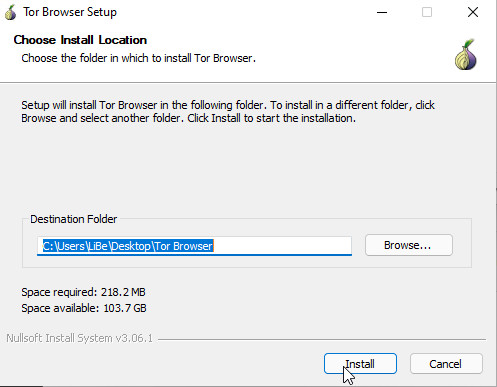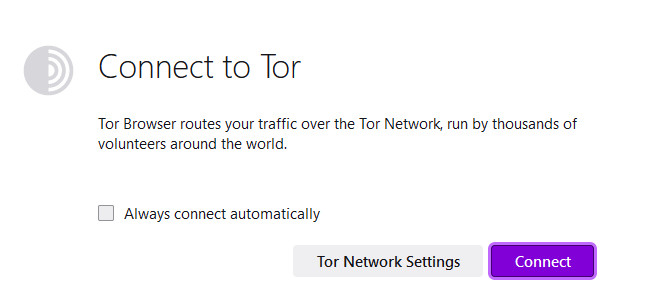Anonymous and unknown on the Internet: Incognito vs. VPN vs. Tor

If you really want to be private on the Internet, you should not rely on incognito mode.
Incognito mode
The incognito mode stands for private surfing, but only prevents the saving of the browsing history, cookies or other data entered in forms.


Many people expect incognito mode to protect their identity. Incognito mode does not save browsing history: other users of the same computer cannot trace it, but the identity can be traced through the IP address. If you need a higher level of privacy at this point, you should use a VPN service.
VPN
VPN stands for Virtual Private Network and was originally designed for dialing into another network. Via VPN it is possible to connect to the network of one's own company and to access resources that were not actually made available via the Internet. For this purpose, the computer connects to the company network via a virtual network over the Internet, in principle as if the computer were in the company on the network cable. If the VPN is also used for Internet data, access to the terminal can only be traced back via the company network. Certain manufacturers offer a VPN service to disguise the access data. When using such a VPN solution, the computer establishes a connection to the VPN provider. Access to the Internet then takes place via the provider, and in an evaluation on the web server, it is not the computer's IP that appears, but that of the VPN provider. The access data is then stored by the VPN provider, and the access can only be tracked via this provider. In addition to free VPN providers, there are also paid solutions. After a VPN connects the own computer with another network, it is important to trust the provider at this point, corresponding caution is required with free VPN providers.
Tor network: Access via the Tor browser
The Tor network offers an alternative to VPN. The Tor network anonymizes access to the Internet through so-called onion routing, several Tor servers connected in series, making it almost impossible to track data traffic. Requests over the Tor network travel around the world through at least 3 different encrypted servers (relays). The official Tor browser is a modified version of Mozilla Firefox, and duckduckgo.com is used as the default search engine. Who connects to the Internet via the Tor network is anonymous on the road, but the data traffic runs through unknown servers, accordingly, only https websites should also be used in the Tor network for critical data.
Advantages:
- The Tor network offers a high level of anonymity.
Disadvantages:
- Routing through the Tor network slows down access somewhat.
- When using the Tor browser and its security settings, usability is somewhat limited.
Download: https://www.torproject.org/download/
Windows
The installation for Windows is very simple: Download and install the program:


Linux
For Linux there is a tar.xz archive available. The browser can be loaded after unpacking via ./start-tor-browser.desktop, or registered as an application with "./start-tor-browser.desktop --register-app".

Android
A Tor Browser app is also available for Android in the Google Play Store: https://play.google.com/store/apps/details?id=org.torproject.torbrowser

Testing the IP address
The current IP address of your Internet access is:
When connected to a VPN or the Tor network, the address shown here will change, as access is not routed directly through the Internet access, but through another network.
see also: show own public IP - what is my IP address?
Conclusion
The known browsers provide only limited privacy, for a better protection of your own identity the Tor browser is the best choice.
 ({{pro_count}})
({{pro_count}})
{{percentage}} % positive
 ({{con_count}})
({{con_count}})